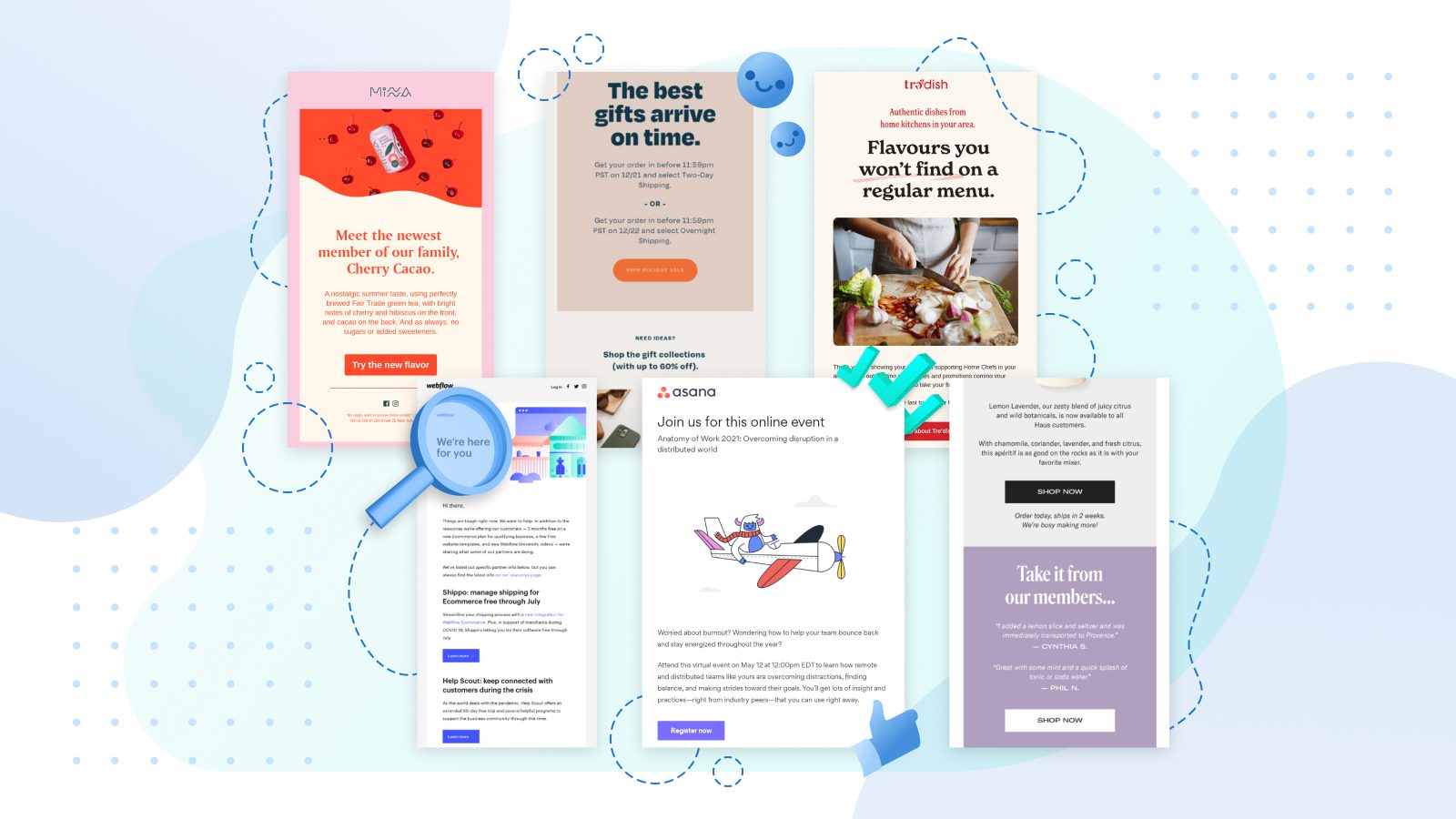6 Genuine Ways To Track Customer Satisfaction
To get people to support your brand, you need to make sure your customers are happy. But it is also an important strategic tool that can help you set your business apart from the competition by finding out what your customers want and how they feel. Because of this, it is important to track and analyze customer satisfaction data on a regular basis.
The common thing today about most businesses is that they work hard to make sure their customers are happy, but not all of them are successful. Managing customer satisfaction keeps businesses on their toes because they have to try out new ways to find out what customers want. Because of this, the tools and methods used to measure customer satisfaction need to be clearly defined, and we can help.
Explore this blog to learn 6 Genuine Ways To Track Customer Satisfaction and find out how happy your customers are.
1. Customer Service Satisfaction
Customer Service Satisfaction (CSS) is a way to find out how happy customers are with your service after a sale. By sending appropriate questionnaires to customers right after they contact support, this statistic is used as a key indicator of customer satisfaction.
Powerful software like Delighted can automate this process and help you make and send personalized Customer Satisfaction (CSAT) surveys, watch as insightful responses flow into your real-time CSAT dashboard, figure out your CSAT score, and close the loop.
As more people look for companies with good customer service, it's important to know how good your customer service is. Satisfaction survey questions can be sent through online surveys, web forms, live chat, pop-ups, IVR, and other ways. As we've already said, a CSS question is sent to clients so they can review your service right away usually on a scale of 1 to 5.
You can also use the Delighted survey rating to figure out how good a customer service call was and how well your staff is doing. For example, top-rated agents may be given bonuses or other perks. On the other hand, agents with lower scores might be taught well.
2. Social Media Polls
Here's another example of trying to do a survey without really doing one. Customers' comments, whether positive or negative, about your brand, its products, services, and content show how they feel about it. The way your users give you feedback has changed because of social media. It is now immediate, open, and honest. They can respond to or comment on what you post on your social media accounts, like Facebook, Instagram, LinkedIn, or Twitter. By letting customers comment and review your business on Google Business, Facebook, Twitter, and other social media sites, you can get online customer reviews from the public about how well your business is doing with customers.
You can't get the spontaneity you see on social media from surveys or phone calls. Use these channels and all the options they offer, like polls, reviews, and so on. Such insights give a full picture of the client and show what's really going on by looking at patterns of behavior. If you know what the data shows, it will be easier to deal with those problems and make customers happier.
3. Email Surveys
Email is the place to go if you want to ask more general questions about the whole customer experience. This is by far the most common way to send out surveys, and there's a good reason for that: it's easy and it works. The first hard step is getting an email list. It's a good idea to get your customers' email addresses right away so that you can send them a survey later. Once you have a mailing list, send a campaign of emails to clients telling them to take your online survey. You could also ask them in detail about their position with different types of questions.
Even though only a small number of people respond to these surveys, those who do can give more detailed answers and really helpful criticism. You can make use of Delighted detailed feedback to make all of your clients happier. You can also try something simple like "Take our 2-minute survey and you could win a coupon." You could also give people early access to premium content or points for being loyal customers.
Make it about what your customers want. Again, making it clear to the consumer how much time it will take and why they should fill out the survey will have a big effect on the number of people who do it.
Read Next: Types Of Customer Satisfaction Surveys
4. Website Feedback Forms
Getting feedback on your website is a smart thing to do. No matter what you sell, most of your customers will visit your site at some point. Customers are the most important source of information because they use your site the most.
Collecting feedback from customers will give you useful information about your product, how customers feel about it, and how happy they are with it. One of the easiest ways to get feedback is to use a website feedback form. Consumers have a direct effect on your conversion rate, so hearing their ideas is the best feedback you can get.
5. Response Rates
Whether you're trying to figure out how happy customers are with your business, what they think of a new product you're working on, or how happy and engaged your employees are, surveys can help. No matter what it is, surveys, and especially the ability to get a good response rate, will be important to what you can learn and how much good you can do because of it.
A survey response happens when a respondent gets a survey and fills it out. If you don't finish a survey or quit in the middle, that doesn't count as an answer. To figure out the survey response rate, you divide the number of people who answered your survey by the number of people who got it (your sample). Then you multiply this number by 100 to get a percentage.
With the Delighted poll, you can find out if people are willing to pay for new features and how much they are willing to spend on the tool. The number of responses to this online survey is the number of survey replies, and they are used to figure out the survey response rate. An important point to note is that It's important to get a good survey response rate since a low number could lead to sample bias, especially if the percentage of people who don't respond varies among survey respondents.
6. Website Performance Rates
If you want to do well with Internet marketing, you need a good website. How do you know if it's working or not? It's hard to say enough about how important website performance indicators are.
The problem is that Google Analytics and other monitoring tools provide a lot of data. It might be hard to figure out how well your site is working or even which data to follow. From bounce rate to page views, it may be hard to spot the signs that show how people use your site.
Measuring website performance data can tell you how people use your different pages. You can tell if they are following the path you set for them by watching how they move and behave. If they aren't, you can change and improve your sites to get people to do what you want them to do.
Conclusion
Measuring customer satisfaction can help you figure out what your customers think of you, but it's just the first step. When you know what it takes to measure customer satisfaction and improve the customer experience, you must do what customers have asked for.
Check how the surveys you send turned out. Find out the "why" behind every stat. Then, come up with a plan to make customers happier. Each of the customer satisfaction measures is only as useful as the work you put into using it and getting good results. You should always start looking for a solution that can help you grow your business.








